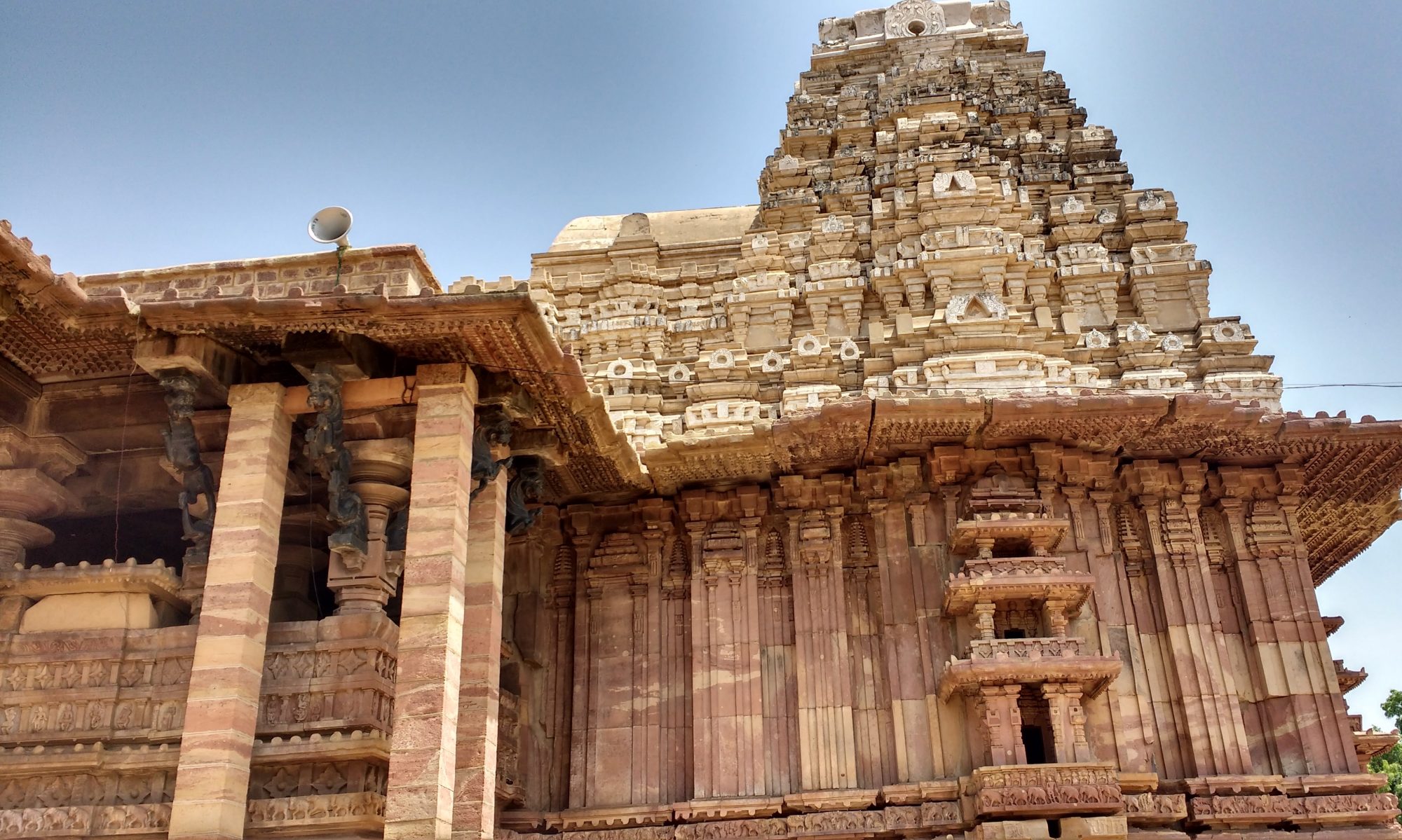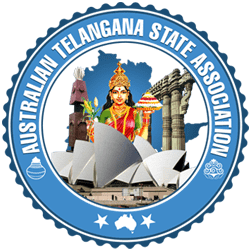There have several movements to invalidate the merger of Telangana and Andhra, major ones occurring in 1969, 1972, and 2000s onwards. The Telangana movement gained momentum over decades becoming a widespread political demand for creating a new state from the Telangana region of Andhra Pradesh.
On December 9, 2009, the Government of India announced the process of formation of Telangana state. Due to objections raised in Coastal Andhra and Rayalaseema regions immediately after the announcement, and due to the agitation in those regions for 14 days, the decision to form to a new state was put on hold on December 23, 2009. The movement continues in Hyderabad and other districts of Telangana.
Grievances of Telangana proponents
A map showing several rivers including the Godavari and Krishna. Both the rivers flow into Coastal Andhra and through TelanganaTelangana is the largest of the three regions of Andhra Pradesh state, covering 41.47% of its total area. It is inhabited by 40.54% of the state’s population and contributes about 76% of the state’s revenues, excluding the contribution of the central government. When the central government’s contribution to revenue is included, Andhra Pradesh’s revenue sources come from Telangana: 61.47% (including 37.17% from Hyderabad); from the central government: 19.86%; from Andhra: 14.71%; and from Rayalaseema: 3.90%.[28] Proponents of a separate Telangana state cite perceived injustices in the distribution of water, budget allocations, and jobs. Within the state of Andhra Pradesh, 68.5% of the catchment area of the Krishna River and 69% of the catchment area of the Godavari River are in the Telangana region. Telangana supporters state that the benefits of irrigation through the canal system under major irrigation projects is accruing substantially, 74.25%, to the Coastal Andhra region, while the share to Telangana is 18.20%. The remaining 7.55% goes to the Rayalaseema region.
In most years, funds allocated to Telangana were never spent. According to Professor Jayashankar only 20% of the total Government employees, less than 10% of employees in the secretariat, and less than 5% of department heads in the Andhra Pradesh government are from Telangana; those from other regions make up the bulk of employment. He also alleged that the state was represented by Telangana chief ministers for only 6 1/2 years out of over five decades of its existence, with no chief minister from the region being in power continuously for more than 2 1/2 years. As per the Srikrishna committee on Telangana, Telangana held the position of CM for 10.5 years while the Seema-Andhra region held it for 42 years. Proponents of a separate Telangana state feel that the agreements, plans, and assurances from the legislature and Lok Sabha over the last fifty years have not been honored, and as a consequence, Telangana has remained neglected, exploited, and backward. They allege that the experiment to remain as one state has proven to be a futile exercise and that separation is the best solution.

